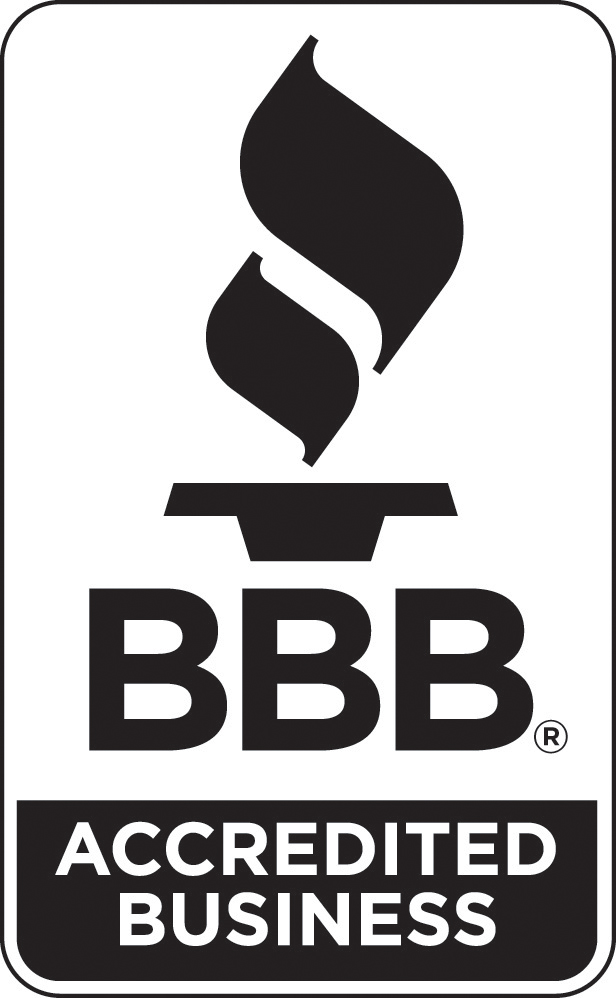How Freight Quotes Are Calculated

What is a freight quote?
A freight quote is the estimated price that it will cost to move a load of goods.Negotiated between a shipper and carrier (or broker), it’s the rate that the:
- shipper agrees to pay to have their goods delivered, and
- carrier agrees to earn for transporting the shipment.
Ideally, the estimated rate is the same amount as the final price; however, due to various unanticipated factors, there is sometimes a discrepancy between the initial freight quote and the actual rate.
Who calculates a freight quote?
Historically, a carrier or broker would manually calculate a freight quote by considering a wide variety of factors. After this meticulous consideration, then a back-and-forth, over-the-phone negotiation would take place between the shipper and carrier/broker until both parties agreed on a rate.Thankfully, gone are the days of this tediously slow process. Now, thanks to sophisticated algorithms, shippers can get freight quotes online that they can book instantly.
What determines freight rates?
Determining an accurate rate can be fairly complex as it involves many factors, including how much is being moved, when it needs to be moved, carrier availability, and global economic influences.While all of these play a factor in accurate freight quotes, there are four key pieces of information that help determine an accurate shipping quote:
- freight classification
- distance/location
- packaging
- urgency
Freight classification
A correctly categorized freight class is necessary for an accurate freight quote. In addition to freight classification, all products shipped within the U.S. are also assigned a National Motor Freight Classification (NMFC) number. Freight can be categorized into 18 classes, ranging from low (class 50) to high (class 500) based on how easy the shipment is to transport—essentially how much effort it will take the carrier to ship the load.While the freight class is primarily based on a shipment’s density, the NMFC code gets more specific on additional factors affecting how efficiently the load can be shipped. Every shipment in the U.S. needs both of these classifications, and, together, these identifications help carriers correctly determine the cost of hauling a shipment. Accurate classification and NMFC codes is vital to getting an accurate freight quote. If the freight class is wrong, shippers could end up paying more than they were quoted.Determine freight classification with a freight calculator (plus, reference our ‘How to Use a Freight Class Calculator’ guide for more detailed tips) and the NMFC code with a tool, like ClassIT. To ensure accurate freight classification and NMFC codes, you'll need the following details for your calculations:
The freight’s density, including size and weight
The density of a shipment is measured as weight per cubic foot. The freight class is based on whichever calculation is greater, either:
- the total weight of the shipment (including packaging)
- the dimensional weight
Dimensional (instead of total) weight is typically used when the weight of a shipment is disproportionate to its size. For example, since an extremely lightweight product shipped in a large box takes up a lot of space in a truck, the dimensions (not the weight) of the box will be used as the determining factor of the freight’s density—and, thus, class.Because shipments with higher density (think a consolidated box of bricks) are more compact and, thus, typically easier to ship, they fall into lower, cheaper freight classes. A large but lightweight box may be more awkward to fit with other shipments so would have lower density and fall into a higher, more expensive freight class. A simpler way to understand freight density is:
- high density = low freight class = lower cost per pound
- low density = high freight class = higher cost per pound
Handling, stowability, and liability of what is being shipped.
What is being shipped is also crucial to freight classification, particularly the NMFC code. Shipments that fall into higher, more expensive freight classes, include freight that:
- requires special handling (i.e. has specific requirements for transporting it)
- has challenging stowability, meaning it is difficult to ship with other freight
- has high liability for damage or theft
Fragile, hazardous, perishable, or oddly shaped goods are all examples of shipments that may meet special handling, stowability, or liability needs and would fall into a higher, more expensive freight class.
Distance and location
The distance between pick-up and dropoff locations greatly affect the route goods need to take, which can widely affect the cost—and the quote. The further a load needs to be shipped, the more time and fuel it takes, which increases carrier fees.Additionally, because it may take more time or effort from the carrier, if one of the locations is difficult to access or needs special equipment to load or unload freight, the cost will likely be higher.
Packaging
The type of packaging selected can influence the weight—and freight class—of a shipment. Carefully selecting a box, pallet, or crate that is large enough to fit the goods but isn’t overly large is important to ensure there isn’t wasted space that would lower the density of the load. The more fitted the packaging, the less risk for damage, which helps minimize unexpected fees.
Urgency
The more specific time requirement a shipment needs, the higher the cost. Expediting a shipment to arrive faster than normal (such as to meet an urgent customer demand) or having rigid pick-up and drop off appointments as is often required when sending perishable goods, increases shipment costs simply due to logistics.Finding a reliable, last-minute carrier or ensuring a carrier can meet rigid timing requests while fulfilling other loads is challenging, and carriers will charge shippers more to fulfill these urgent, specific requests. Sometimes, a shipper may have to pay for a full truckload when it’s not necessarily needed simply to ensure their goods move as quickly as possible to their destination.
How freight mode impacts pricing.
Because there’s no transloading (i.e. the goods stay on one truck to one destination) when shipping full truckload, goods tend to get to their destination faster, but this speed comes at a higher cost. Since utilizing a full truckload is the more expensive motor freight mode, selecting this shipping option is really only cost-effective if the shipment fills an entire trailer. If the shipment doesn’t fill an entire truck, sharing space on a trailer—like with partial, LTL, or shared truckload services—is more cost-efficient. But, with partial and LTL, there’s more likelihood for slower delivery and damage due to transloading goods at hubs.But shipping with Flock offers the best of both worlds: truckload-quality speed and service without the truckload price thanks to our FlockDirect® service—the freight industry’s only guaranteed shared truckload shipping mode (that reduces carbon emissions). By sharing space in a truck, FlockDirect® ensures freight moves faster, safer, and greener—without compromising on price.
Are freight quotes guaranteed?
Freight quotes are often not guaranteed. Because many factors can suddenly change the price (think carrier availability, economic fluctuations like fuel prices or inflation, etc.) shippers may be left paying a lot more than expected for unanticipated accessorial fees, and the final invoice could exceed the original shipping quote.However, some brokers and companies, like Flock Freight, do guarantee their quote rates. Because a guaranteed rate helps protect shippers from unanticipated added fees (while also helping them to better anticipate shipping budgets), it’s smart for shippers to work with a carrier, broker, or company who guarantees their freight quote rates.
Other considerations besides price.
While price is an important aspect to consider when shipping freight, it shouldn’t be the only deciding factor. To keep customers happy, shippers will want to ensure their goods are delivered on time and intact, so it’s beneficial to also look at:
Quality of the carrier
Carrier reputation and quality varies widely. In order to avoid the unnecessary stress of late or damaged shipments, working with high-quality, responsible, and communicative carriers can certainly be worth paying a bit more.Because we vet our carriers, shipping with Flock ensures working with top-quality carriers who adhere to your highest standards.
On-time pickup and delivery
Reliably delivering on time keeps customers happy while avoiding unnecessary fees—and headaches.The best providers offer real-time tracking, so shippers can keep a close eye on their freight.With our FlockDirect® service, shippers get real-time tracking updates, so they know their goods are being delivered as promised—or, if issues do arise, can circumvent them before they become a bigger problem.
Freight quotes from Flock Freight.
There’s a lot that goes into getting an accurate shipping quote, but you don’t have to navigate it alone. Don’t want to make these calculations on your own? Let Flock help you get the most out of your shipping budget with instant, guaranteed freight quotes. Check out our detailed quoting guide to get started.
-min.jpg)
.jpg)



